
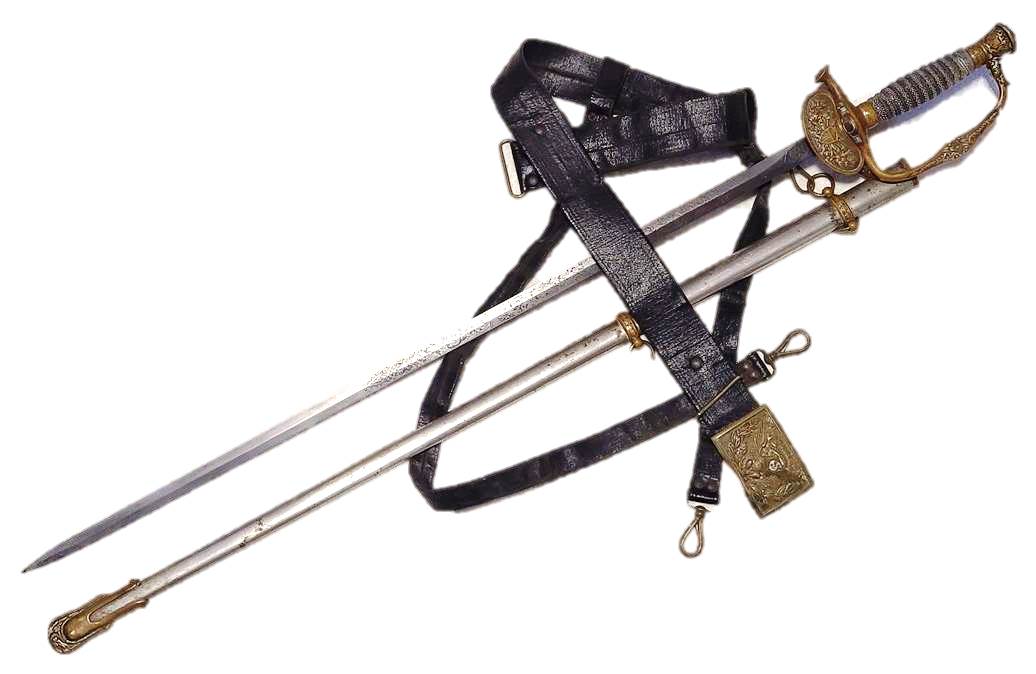
Model 1860 Officer sword, dating to the 1880s-1890s, complete with sword belt.

M1884 Trapdoor rifle with Buffington rear sight. First adapted in 1873, the Trapdoor was the first standard breech-loading rifle of the US military. These were used well past the turn of the century.
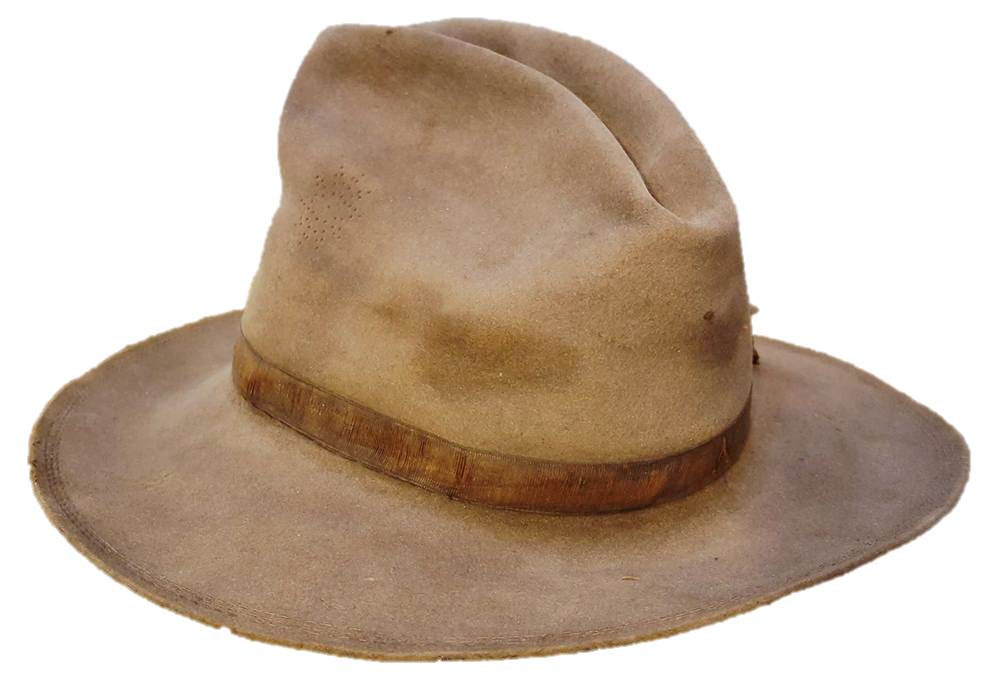
1885 Model Campaign Hat
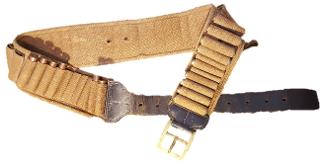
1881/5 pattern cartridge "Prairie Belt" adapted for cavalry use
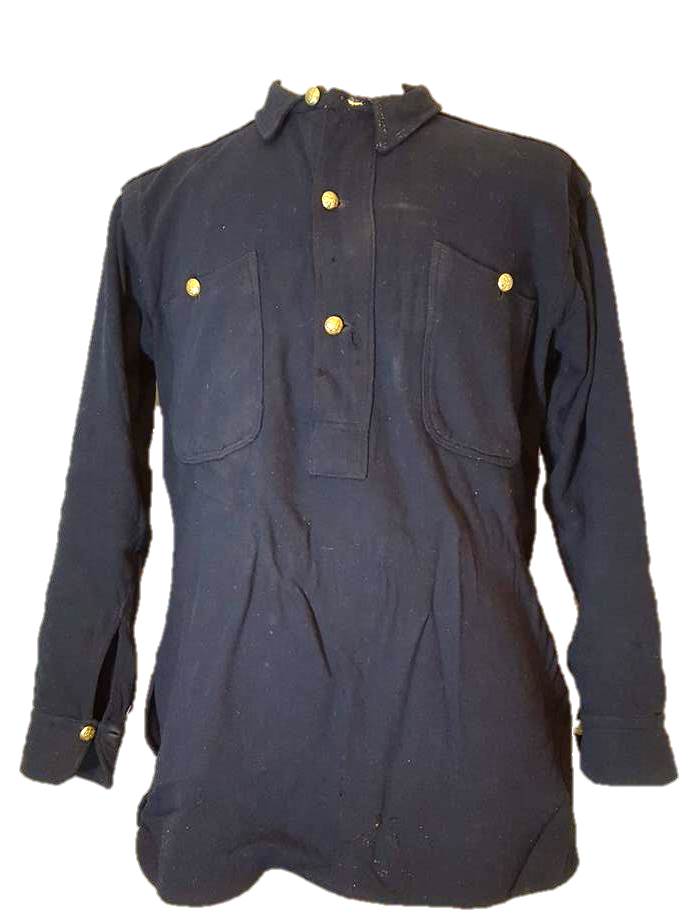
Very rare Model 1883 shirt with Federal buttons.
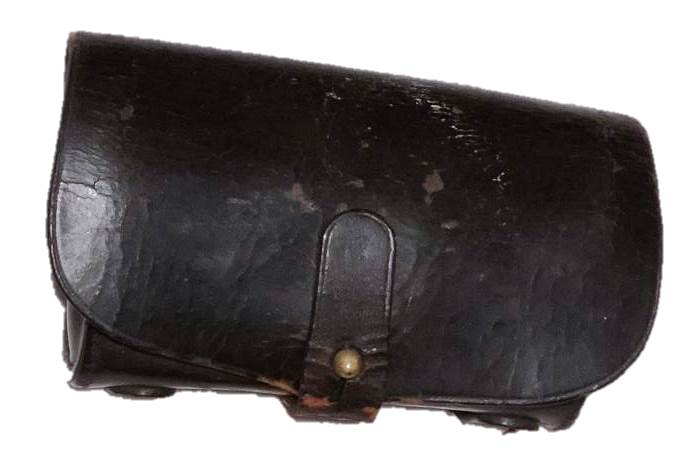
Calvary carbine cartridge pouch. This is the 2nd pattern of the 1872 model
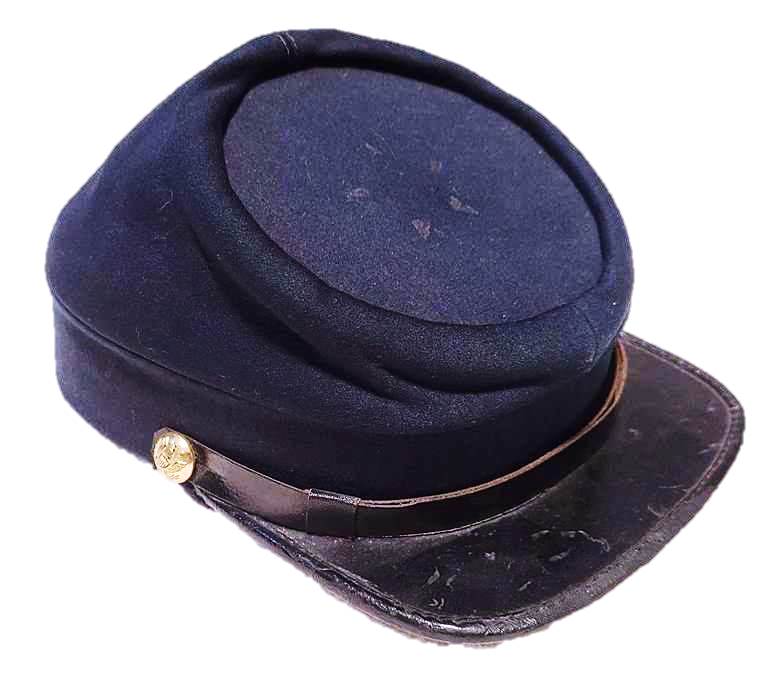
M1872 "kepi" forage cap.
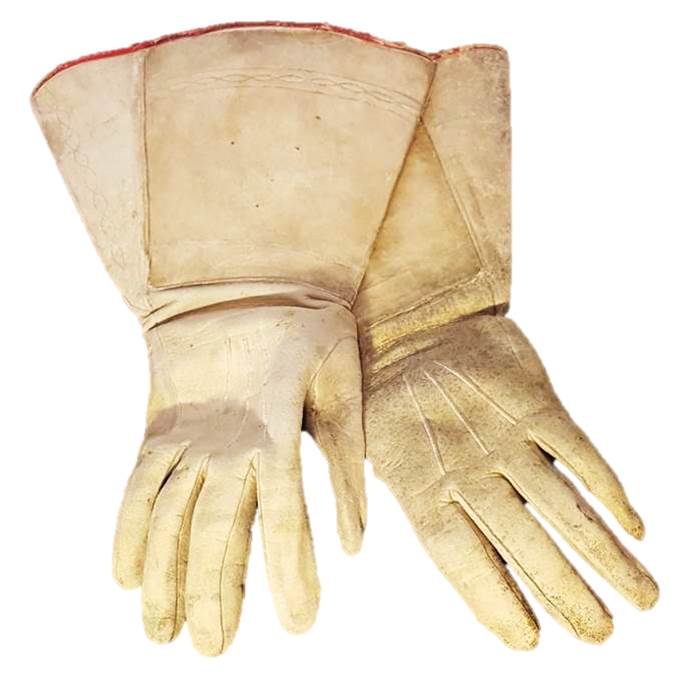
Post Civil War leather cavalry gauntlets
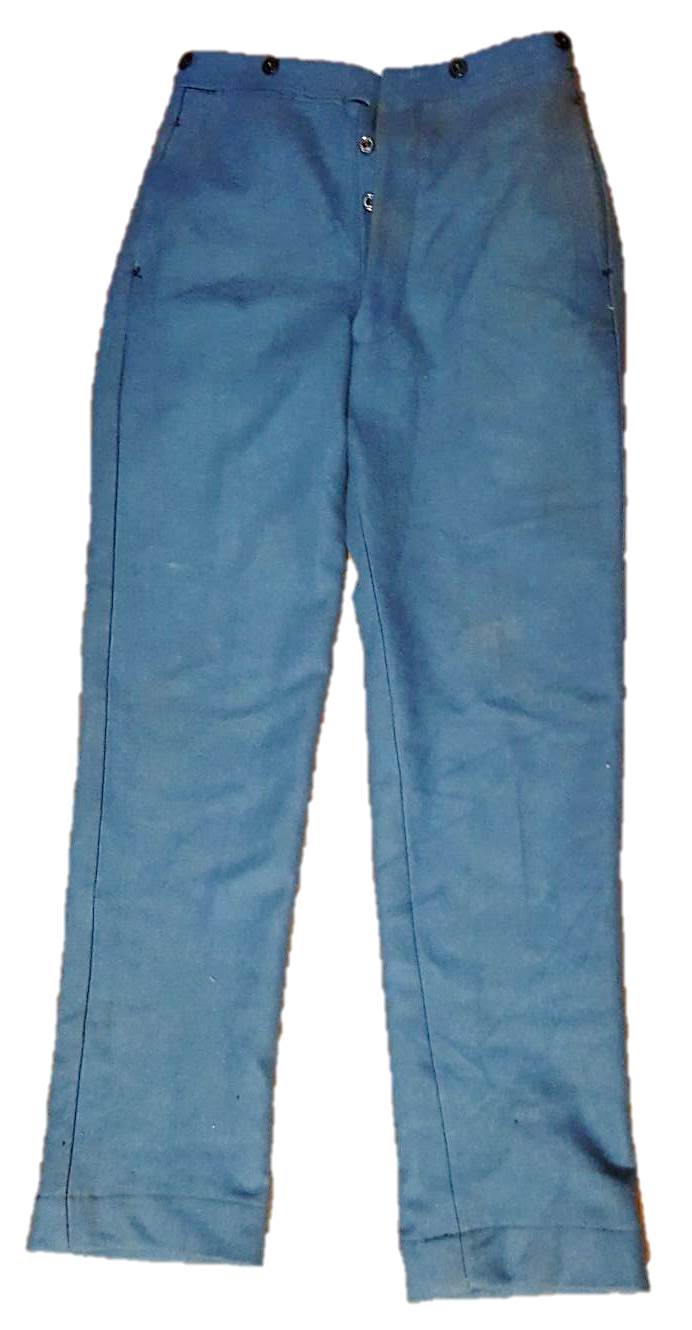
1882/1885 pattern uniform trousers
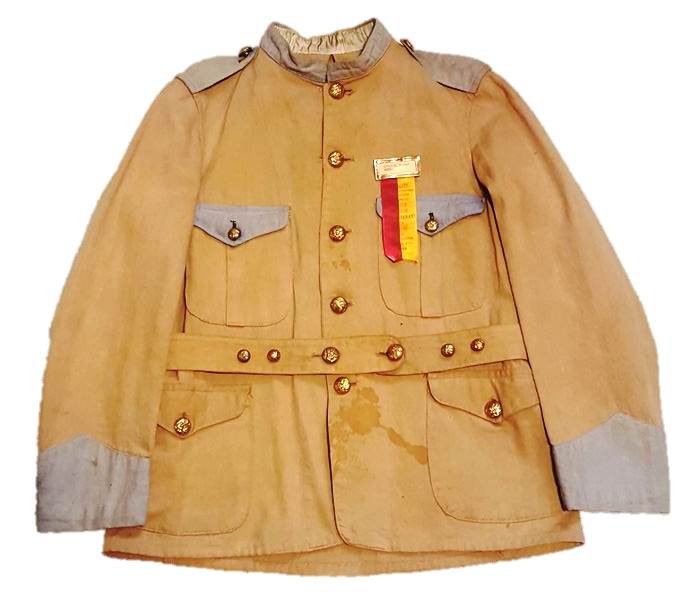
Model 1898 tropical uniform with blue Infantry trim. This was worn by a veteran of the 160th Indiana Volunteer Infantry, as identified by a Spanish-American War veterans reunion badge found in the pocket. This is complete with its rare belt, though extra buttons have been added for use at reunions. The 160th served in Cuba through 1899.
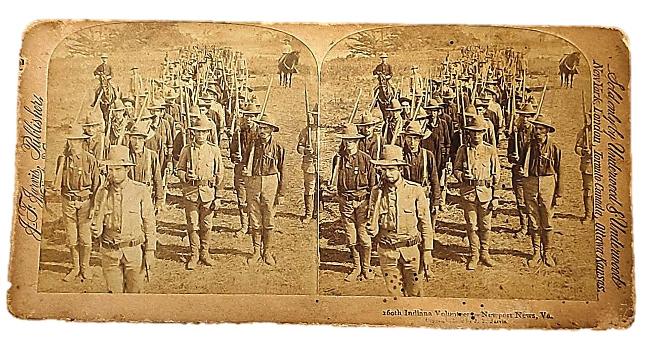
Stereo card of the 160th Indiana Volunteers in 1898 before their deployment to Cuba. Note the wide variety of uniform pieces.
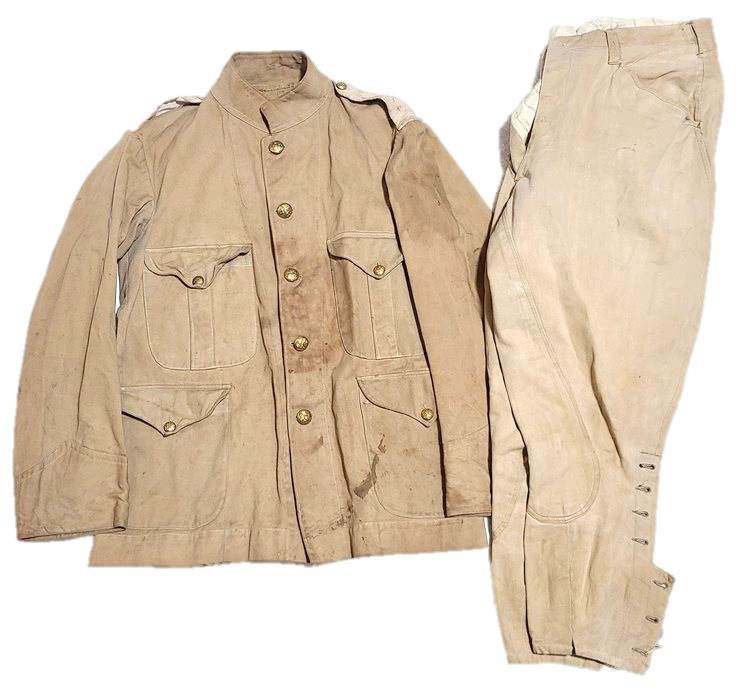
US khaki officer's jacket and cotton trousers, circa 1899-1900. This uniform was likely tailored in the Philippines and has corduroy epaulets in white for designation as infantry.
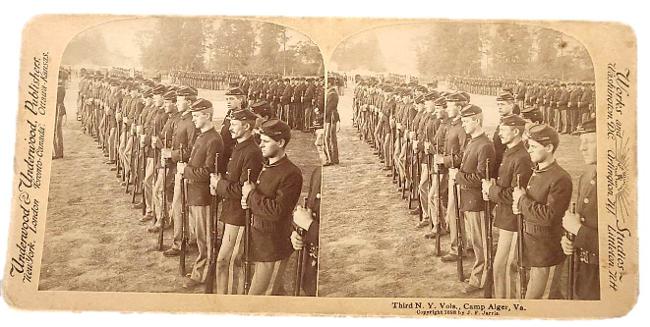
Stereo card c.1880s-1890s of the Third New York Volunteers. Note the Trapdoor rifles and blue uniforms.

Krag–Jørgensen rifle and bayonet. This was the first standardized bolt-action rifle issued by the US military.
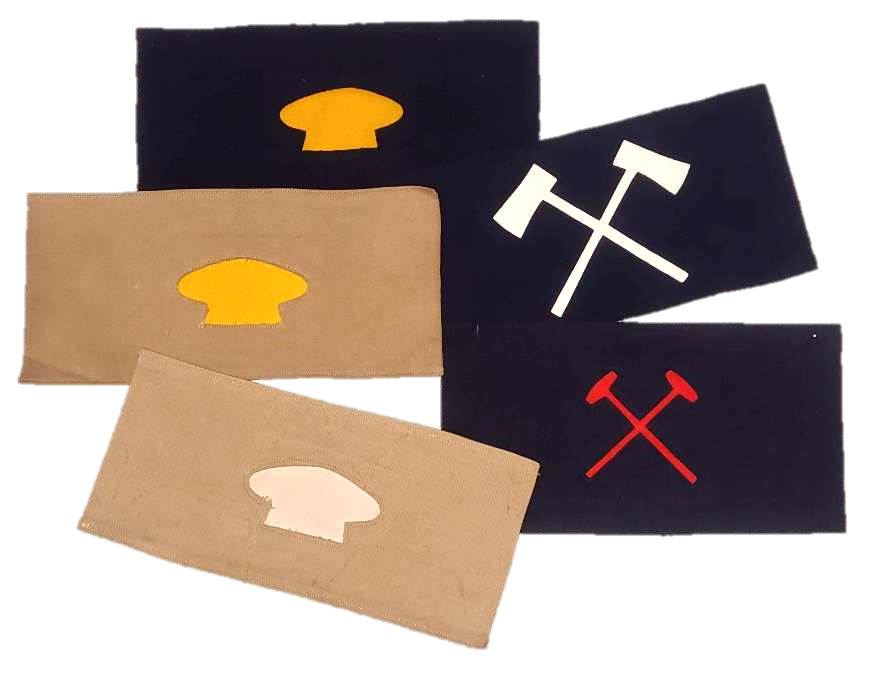
Late 1800s brassards to indicate specialty and branch of service. Yellow insignia indicated cavalry, white was infantry, and red artillery.
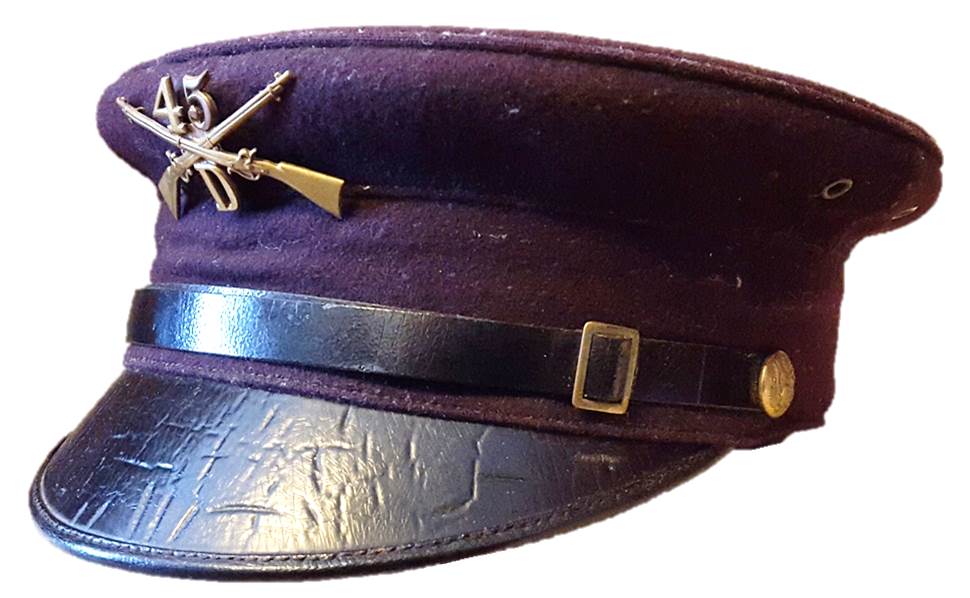
Model 1902 army forage cap. This example is to Company D of the 45th Infantry, and likely dates to around 1902-1905. The 45th United States Volunteers fought with distinction in the Philippine-American War at this time.
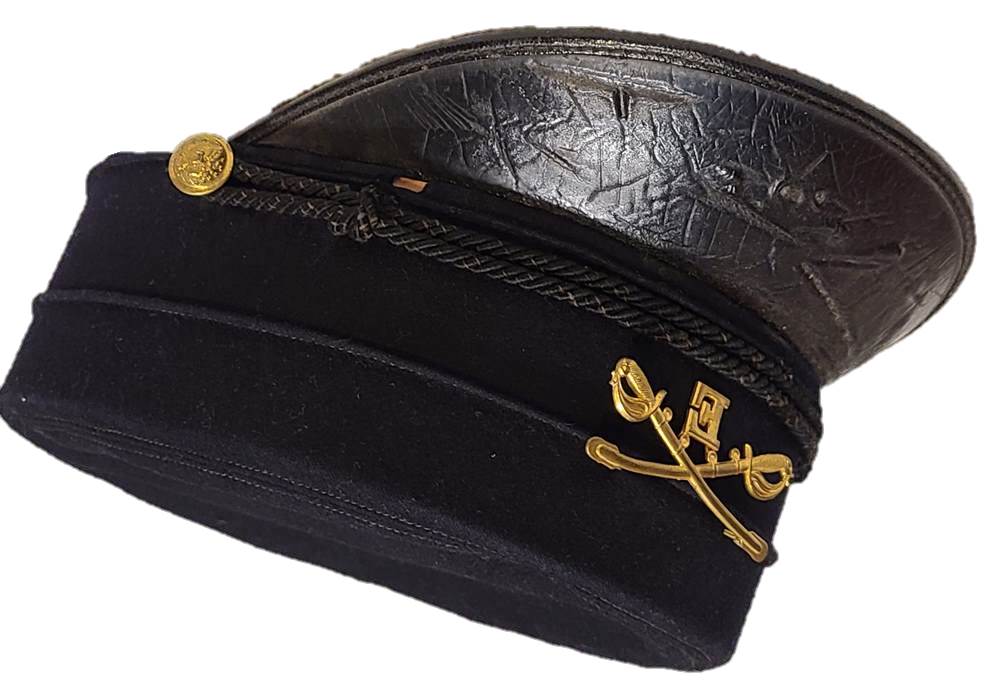
M1895 forage cap, with cavalry insignia
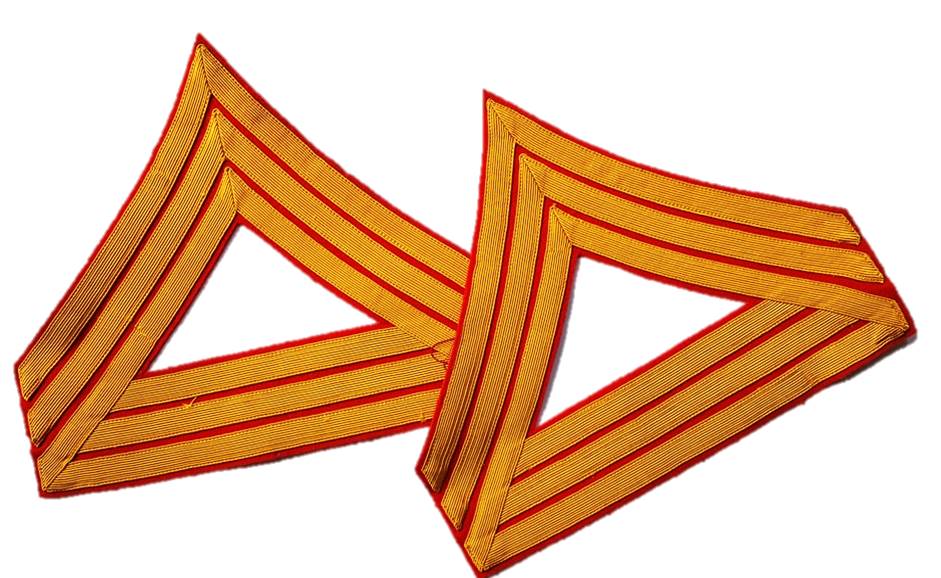
United States Marine Corps Quartermaster Sergeant chevrons, dating from between 1859-1885.
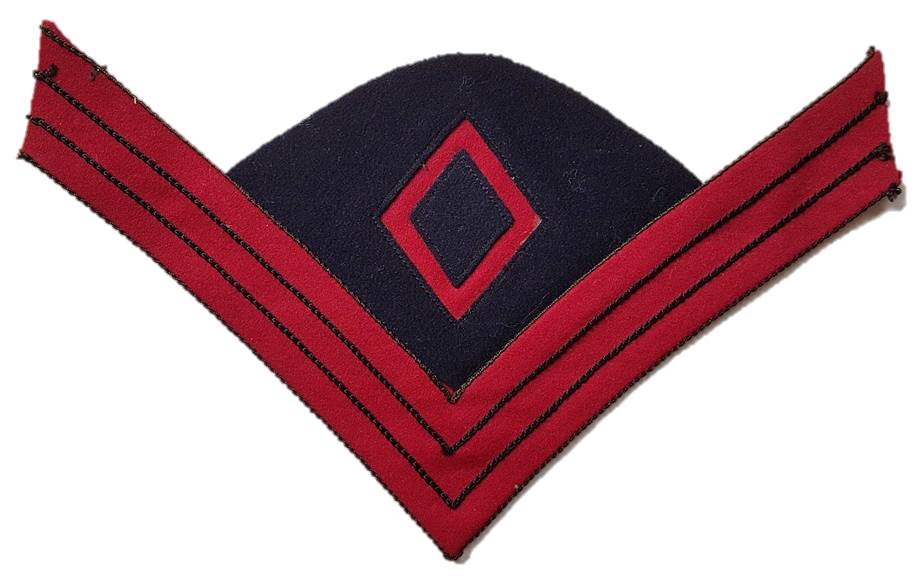
First Sergeant (Artillery) chevron, dating 1872-1902.

M1878 Blanket Bag with Wisconsin regimental markings
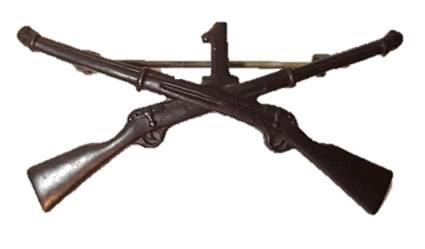
Pre-WWI 1st Infantry collar device.
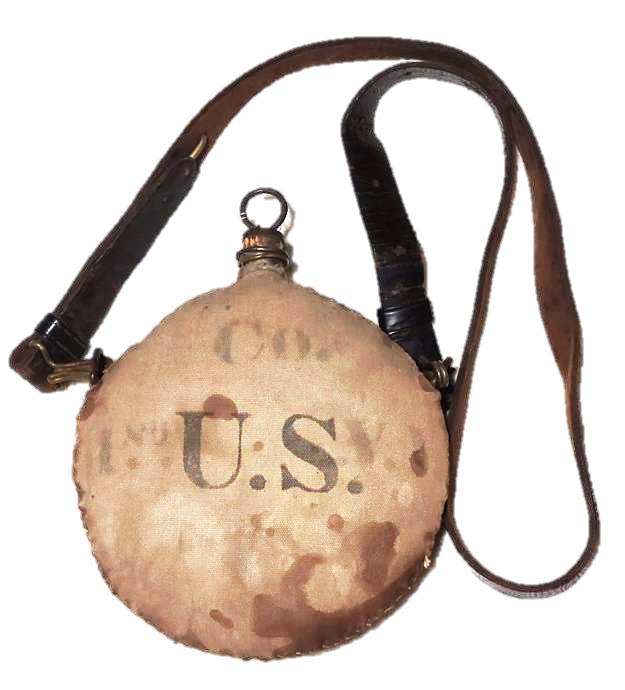
M1878 round canteen with US stamp and faint unit markings.
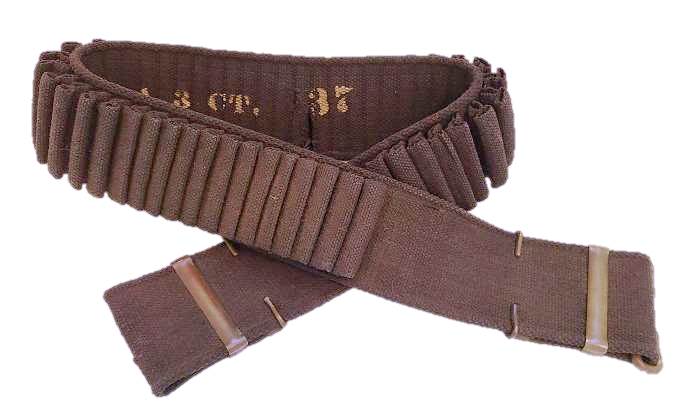
M1887 Mills cartridge belt for the 45-70 Krag. This version has 100 loops and is unit marked to A Company, 3rd Connecticut Volunteer Infantry.
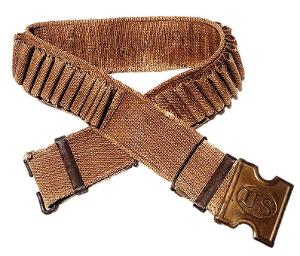
M1887 cartridge belt for the Krag rifle.
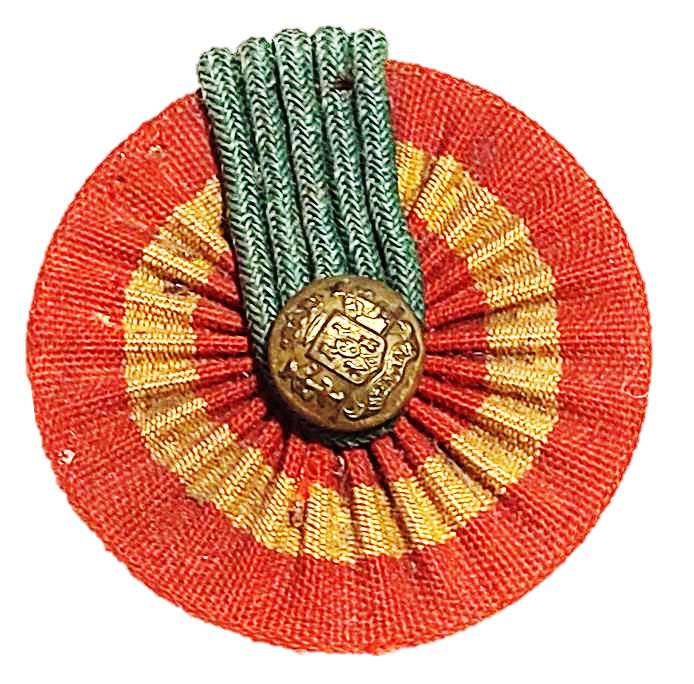
Spanish Light Infantry cockade as worn during by opposing troops during the Spanish-American War.
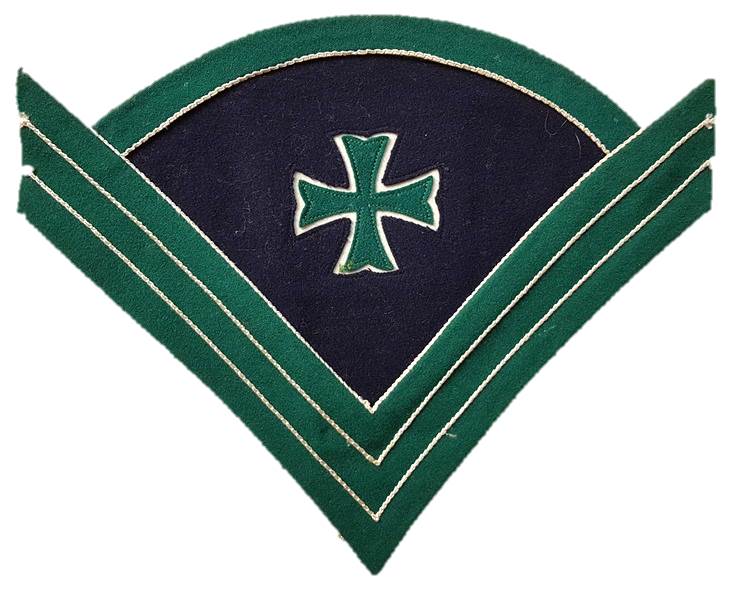
Hospital Corps Steward chevron, dating approximately 1901-2.
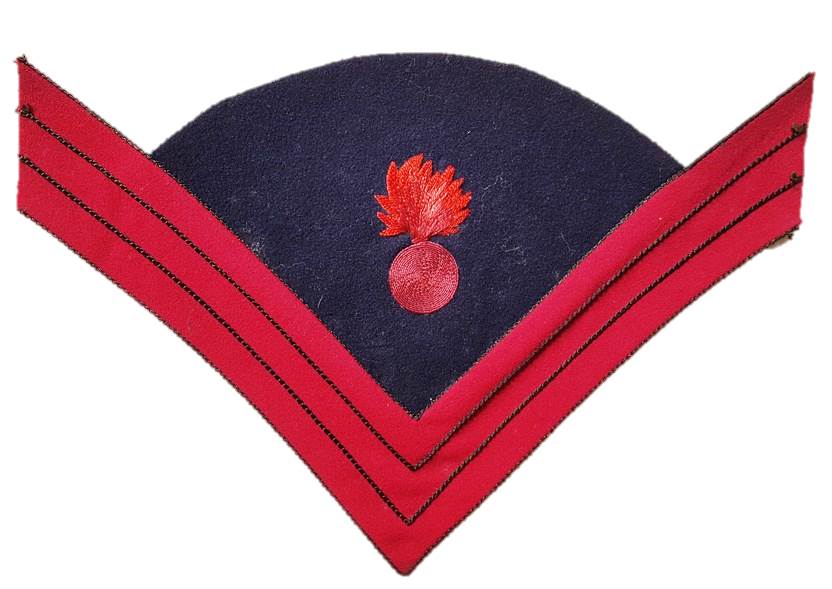
Ordnance Sergeant chevron, dating 1872-1902.
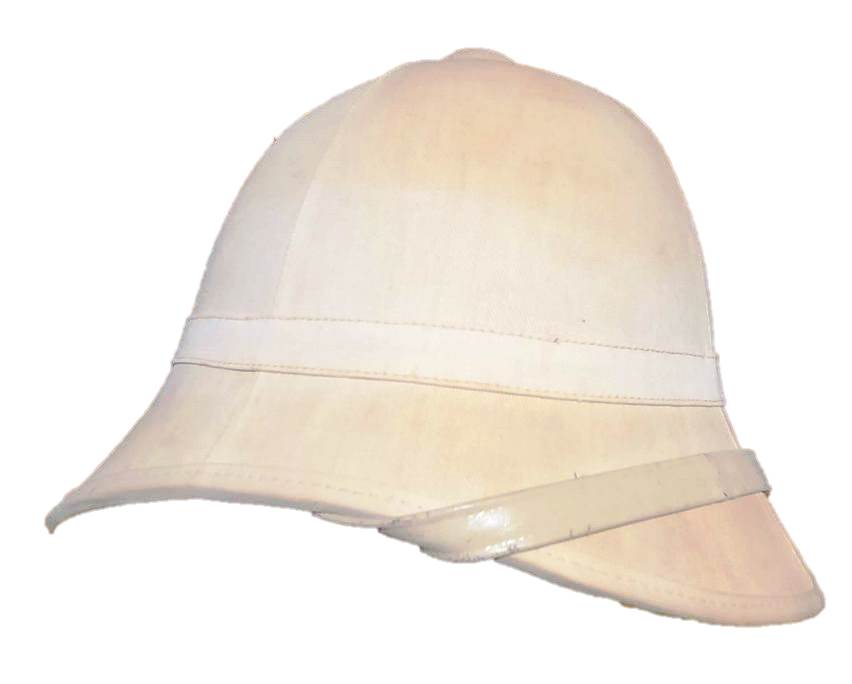
Model 1887 sun helmet. This is a lightweight helmet made of cork for use in tropical climates. This example retains its original chinstrap.
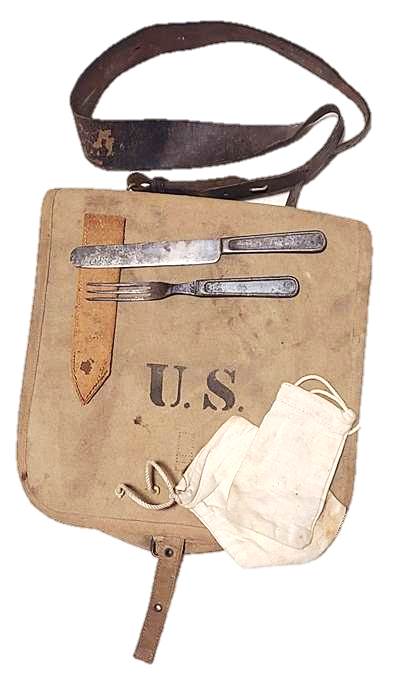
M1878 haversack in its early version, which was smaller in size than later models. This is complete with leather strap, fork, knife, and two condiment bags.
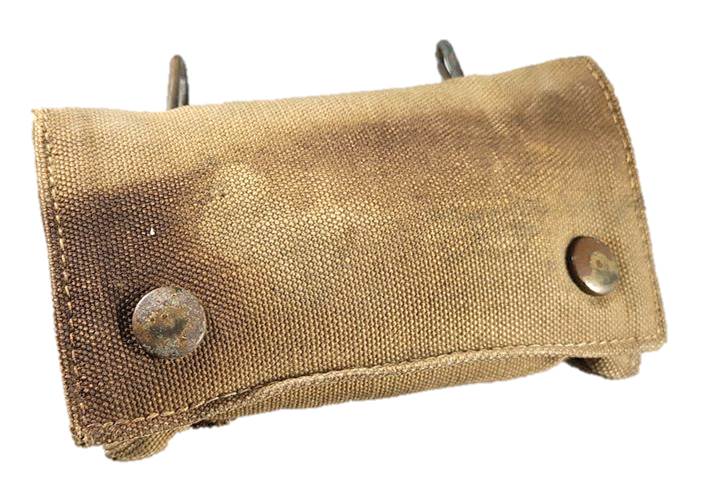
Scarce first version canvas bandage pouch, made in 1904 by RIA.
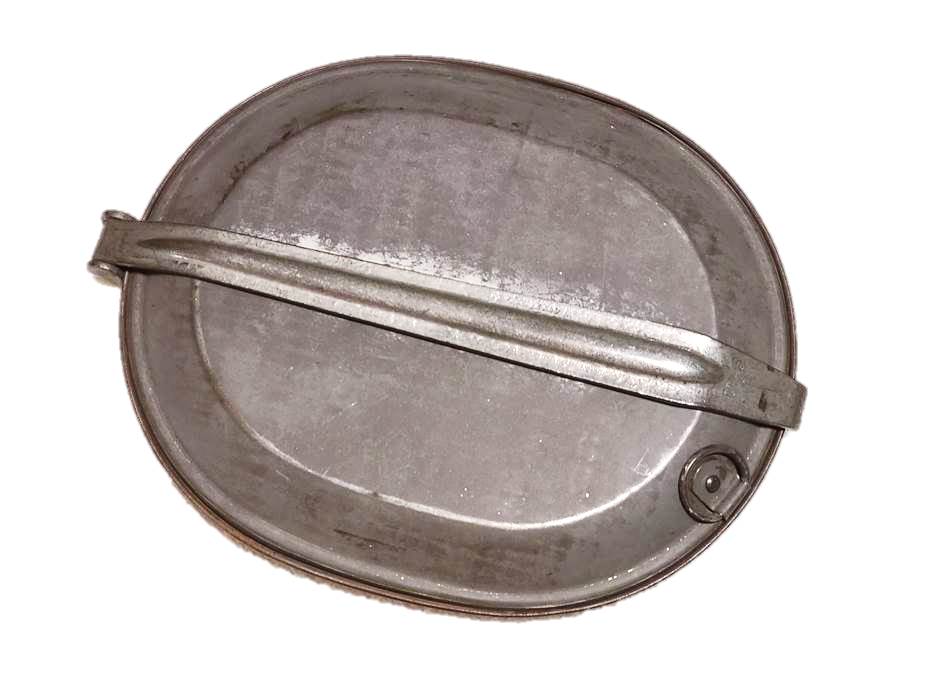
M1874 Meat Can -- the first of many variations of similar mess kits issued to US troops.
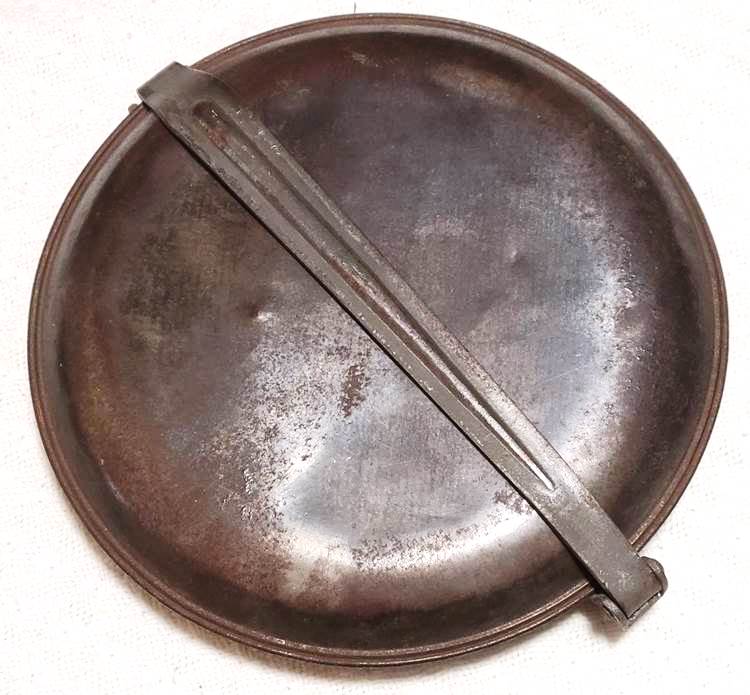
Round meat can, an unmarked version that likely dates between the Spanish-American War and WWI. Photos show these issued just before WWI on the Mexican border campaigns.
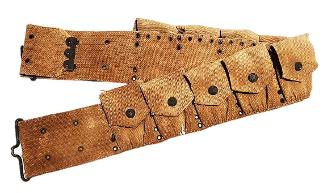
Early version of the M1903 cartridge belt. This has eagle snaps and unreinforced pockets without dividers.
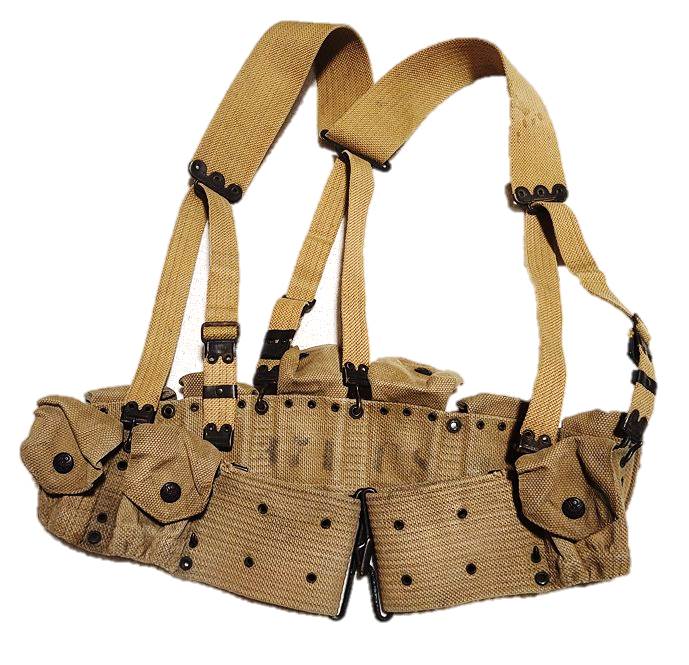
M1903 cartridge belt with eagle snaps. This is coupled with a scarce pair of M1903 suspenders. This configuration was worn by US troops stationed before WWI on the Mexican border.
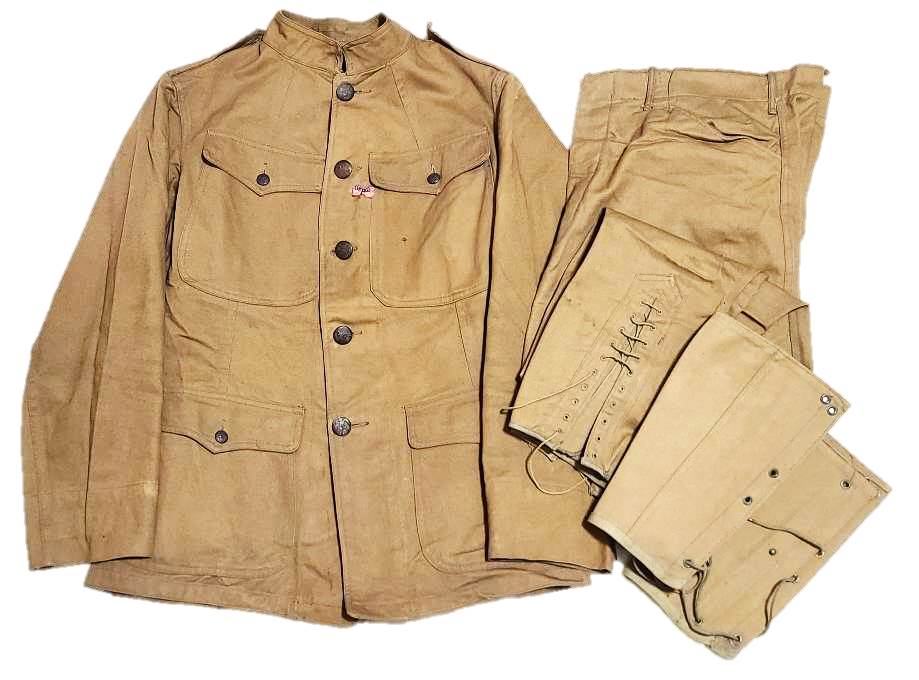
M1912 cotton uniform with leggings. This was the standard summer-weight uniform of the US Army leading into World War I.
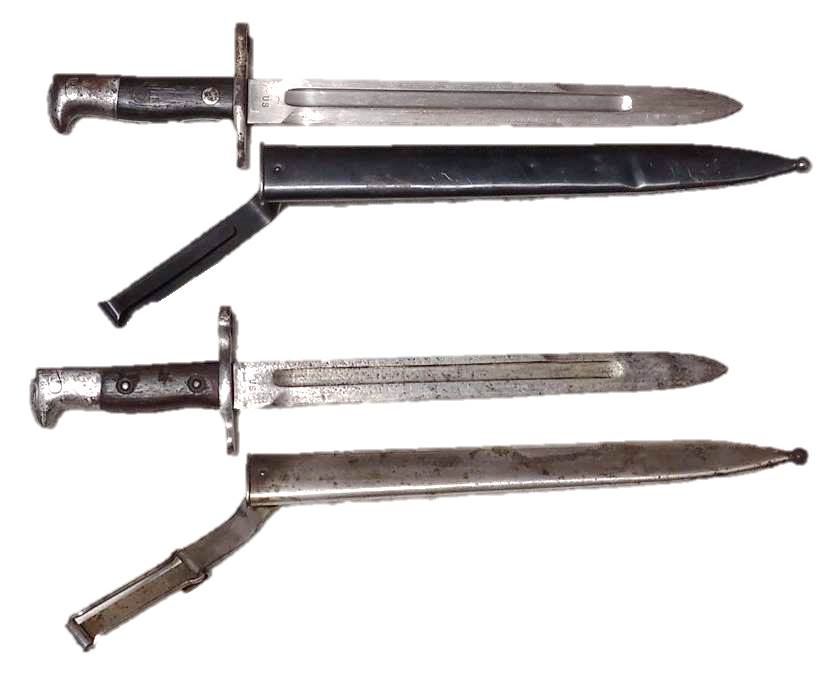
Bayonets for the Krag rifle. The top is dated 1898 and features an early scabbard. The lower is dated 1902 with a later scabbard that locked onto a belt, rather than hanging onto it.

M1905 bayonet for the 1903 Springfield. This bayonet is dated 1906 from the first year of production, with a second pattern leather scabbard. The hook system is the same as those used on for Krag bayonets, and these later changed to hooks for the eyelets on cartridge belts.
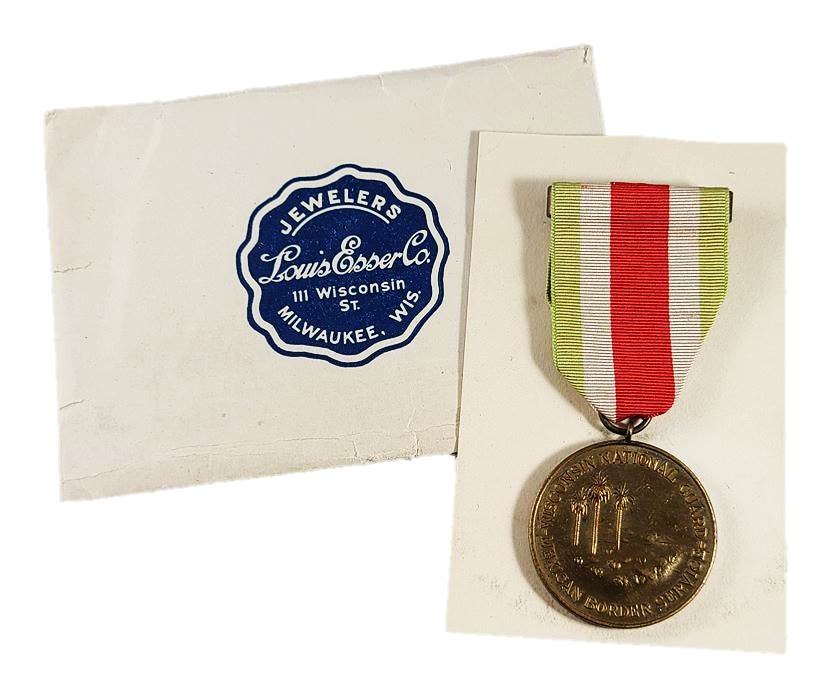
Wisconsin National Guard medal awarded for service on the Mexican Border 1916-1917. This is in its original issued envelope.
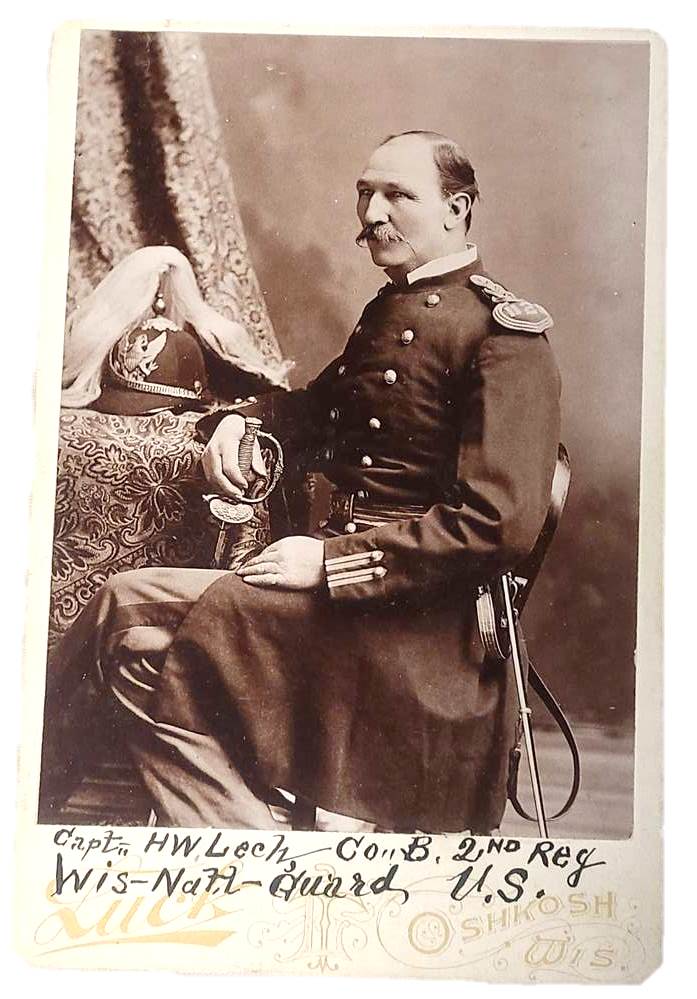
1880s-1890s cabinet card of a Captain of the Wisconsin National Guard.
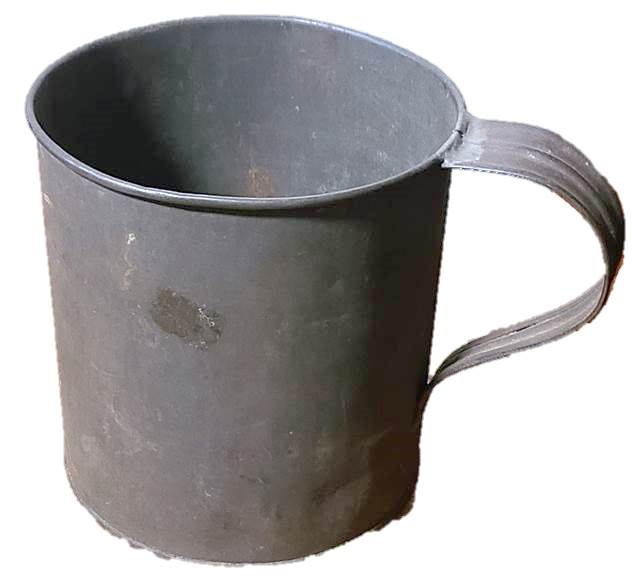
Private-purchase cup, likely from the Span-Am period
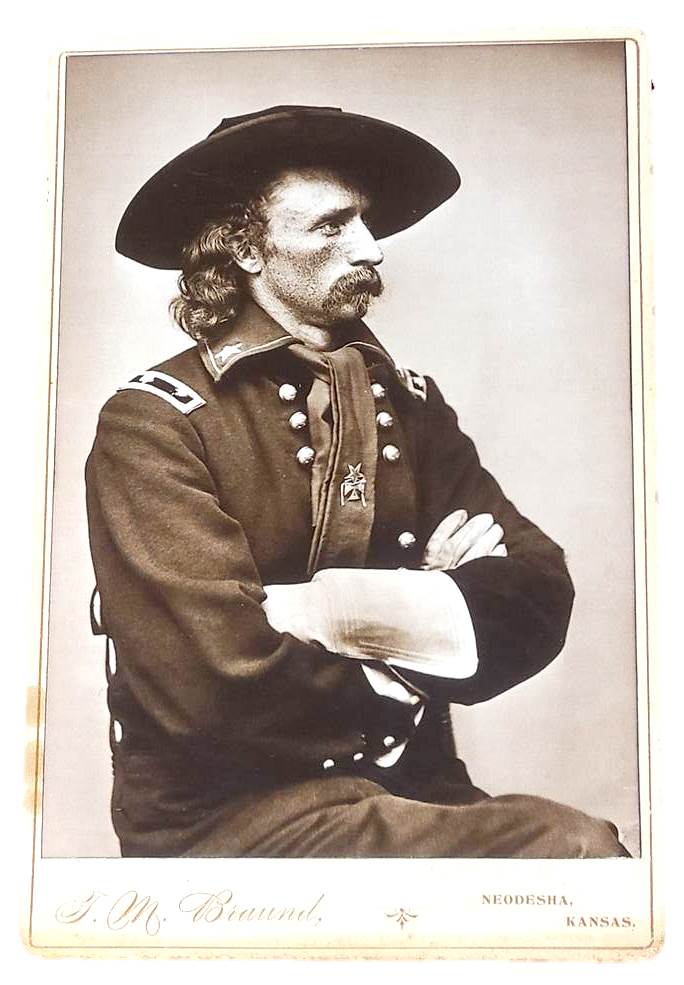
Cabinet card of General George Custer.
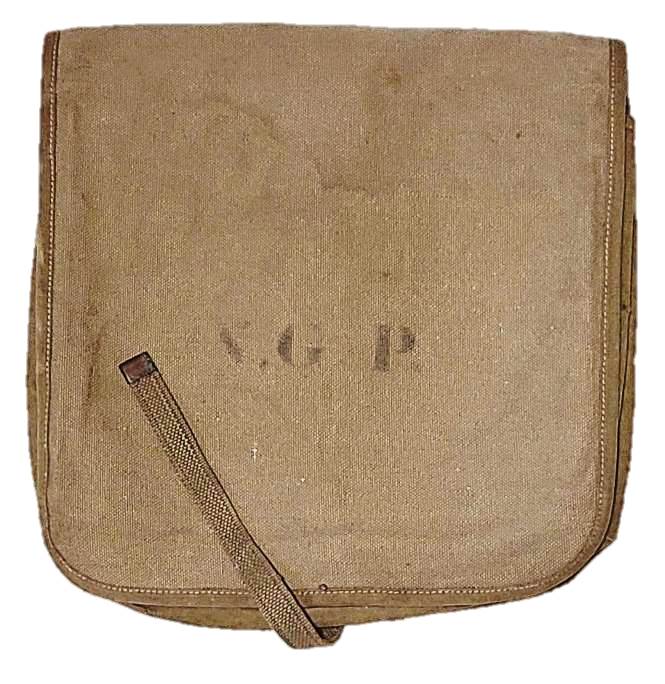
1908 model haversack
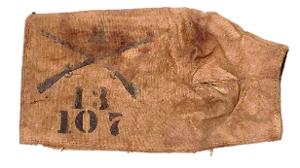
Scarce cover for the action of the Krag rifle
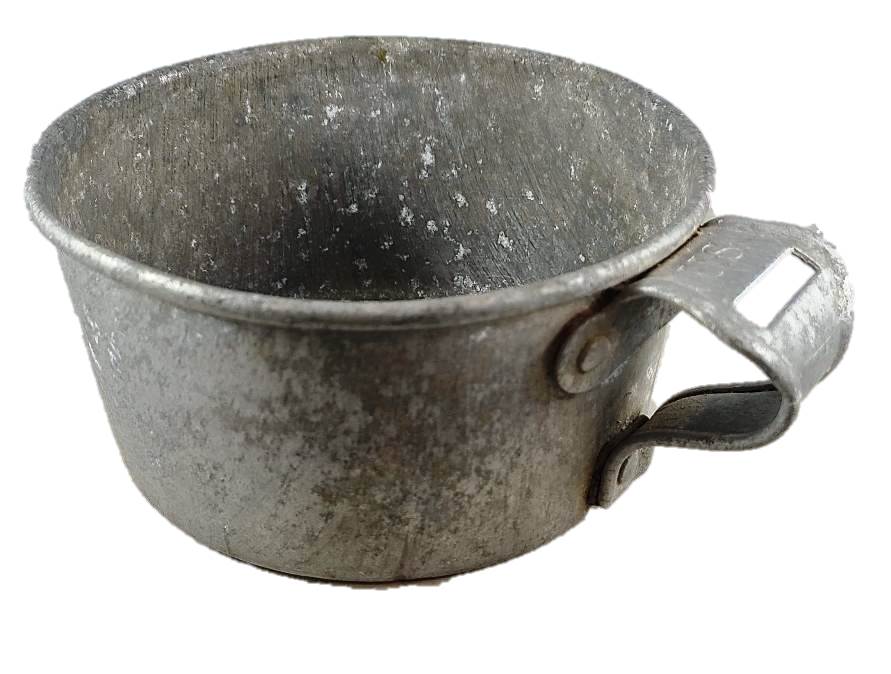
Experimental aluminum 1908 model cup